How to Use Benchmark to Compare Fractions?
A benchmark is a reference number that can be used to compare two fractions. Here you can learn more about using benchmarks to compare fractions.
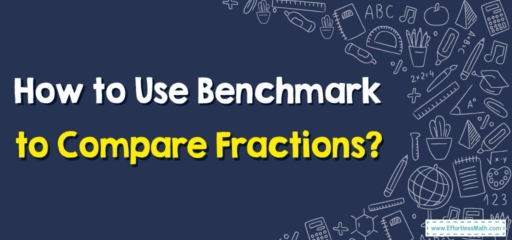
A Step-by-step guide to using benchmarks to compare fractions
Definition of a Benchmark fraction: A common fraction utilized for comparing other fractions is called a benchmark fraction
These are simple common fractions everyone is accustomed to and allow seeing complicated fractions much simpler.
It’s possible to divide any object you want to measure easily or to compare it into two equal parts. So, the most common place benchmark fraction instance is (one-half).
You can also write in different formats or equivalent fractions, like, etc. Currently, one can do a comparison of the other fractions having different denominators to one half.
The Absolute Best Book for 4th Grade Students
Using Benchmark to Compare Fractions-Example:
Compare each fraction to the benchmark. \(\frac{4}{8}\:\left(\right)\:1\), \(\frac{4}{3}\:\left(\right)\:1\). Then, use this information to compare the two fractions. \(\frac{4}{8}\:\left(\right)\:\frac{4}{3}\)
Solution: First, compare each fraction to the benchmark.
\(\frac{4}{8}\:\left(<\right)\:1\)
\(\frac{4}{3}\:\left(>\right)\:1\)
Now, use this information to compare the two fractions.
\(\frac{4}{8}\:\left(<\right)\:\frac{4}{3}\)
A Perfect Book for Grade 4 Math Word Problems!
Exercises for Using Benchmark to Compare Fractions
Compare each fraction to the benchmark. Then compare the two fractions.
- \(\color{blue}{\frac{5}{4}\:\left(\right)\:1,}\) \(\color{blue}{\frac{5}{9}\:\left(\right)\:1, \frac{5}{9}\:\left(\right)\:\frac{5}{4}}\)
- \(\color{blue}{\frac{2}{3}\:\left(\right)\:\frac{1}{2}, \frac{7}{15}\:\left(\right)\:\frac{1}{2}, \frac{2}{3}\:\left(\right)\:\frac{7}{15}}\)

- \(\color{blue}{\frac{5}{4}\:\left(>\right)\:1,\frac{5}{9}\:\left(<\right)\:1,\frac{5}{4}\:\left(>\right)\:\frac{5}{9}}\)
- \(\color{blue}{\frac{2}{3}\:\left(>\right)\:\frac{1}{2},\frac{7}{15}\:\left(<\right)\:\frac{1}{2}, \frac{2}{3}\:\left(>\right)\:\frac{7}{15}}\)
The Best Math Books for Elementary Students
Related to This Article
More math articles
- 7th Grade M-STEP Math Worksheets: FREE & Printable
- 7th Grade MAP Math Worksheets: FREE & Printable
- FREE 8th Grade PSSA Math Practice Test
- 6th Grade IAR Math Worksheets: FREE & Printable
- How to Identify Statistical Questions
- Other Topics Puzzle – Challenge 97
- CLEP College Mathematics Worksheets: FREE & Printable
- How to Unlock the Secrets of Algebra 1: Mastering the Basics with the ‘Grade 9 Algebra 1 for Beginners’ Comprehensive Solution Guide
- Top 10 6th Grade ACT Aspire Math Practice Questions
- How to Determine Arc Length Using Integration
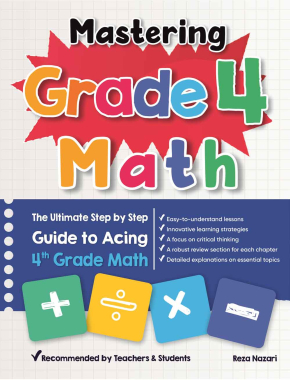
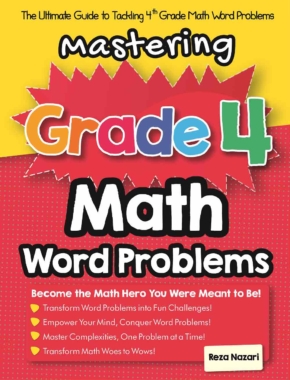
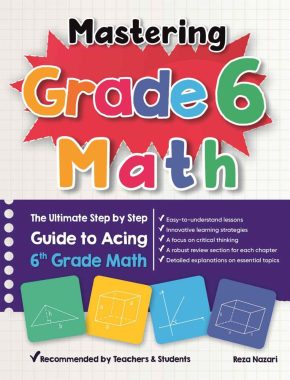
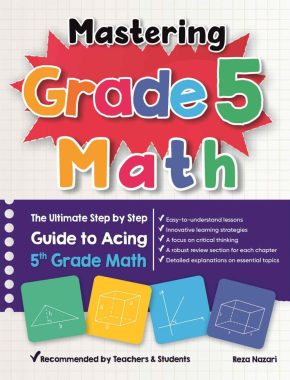
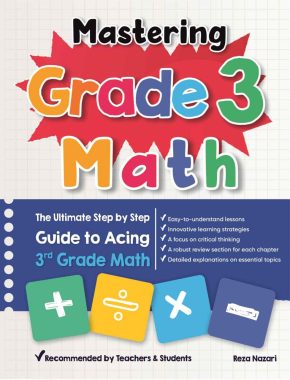
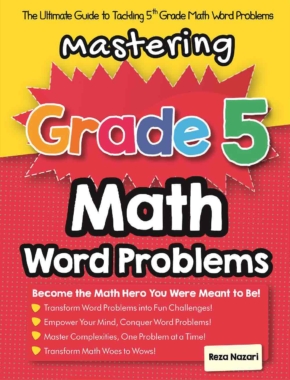
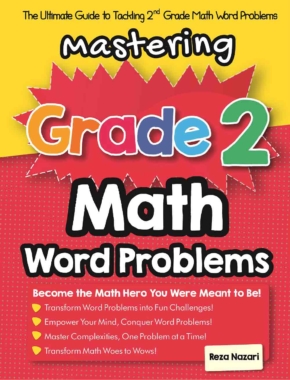
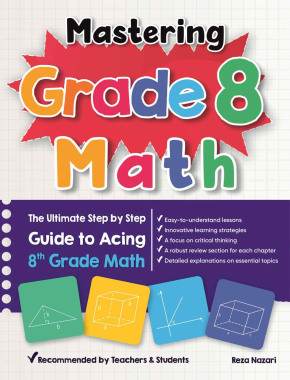

What people say about "How to Use Benchmark to Compare Fractions? - Effortless Math: We Help Students Learn to LOVE Mathematics"?
No one replied yet.